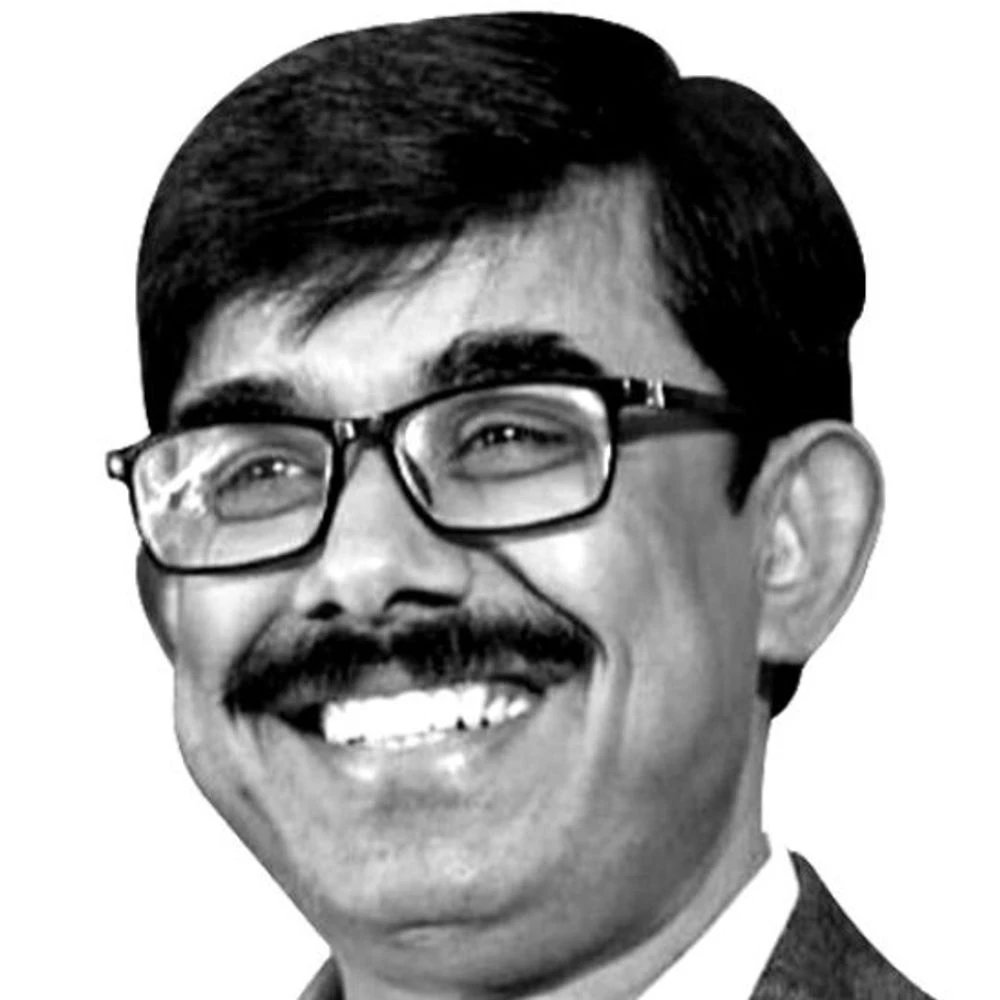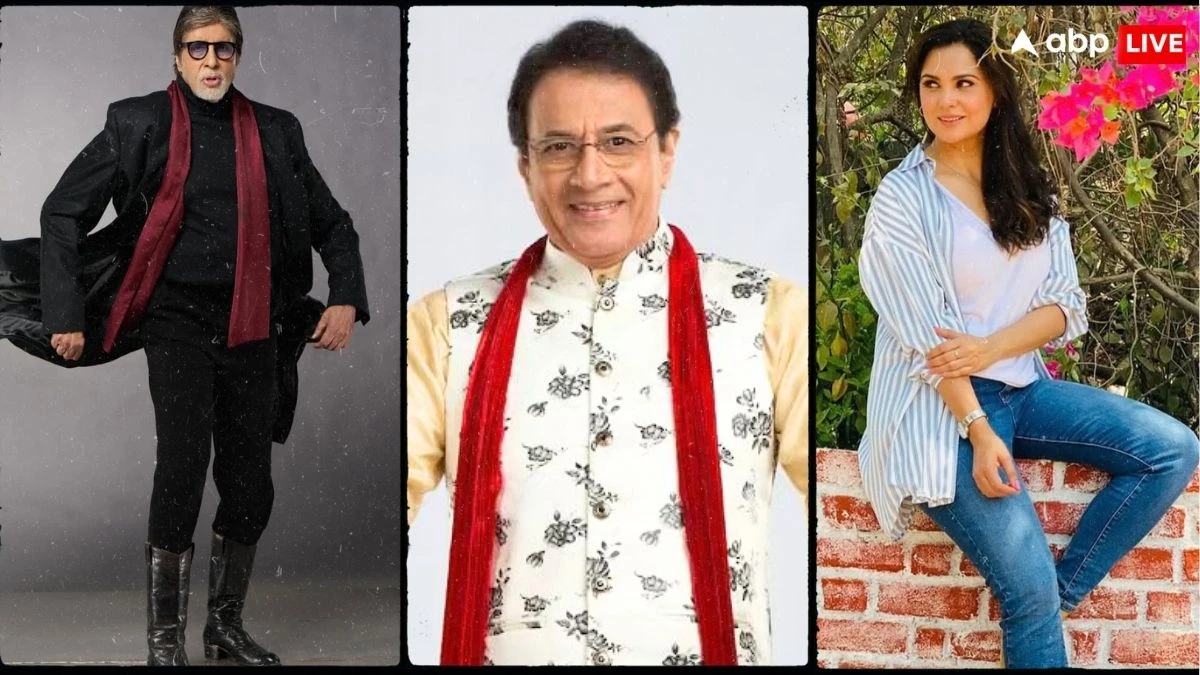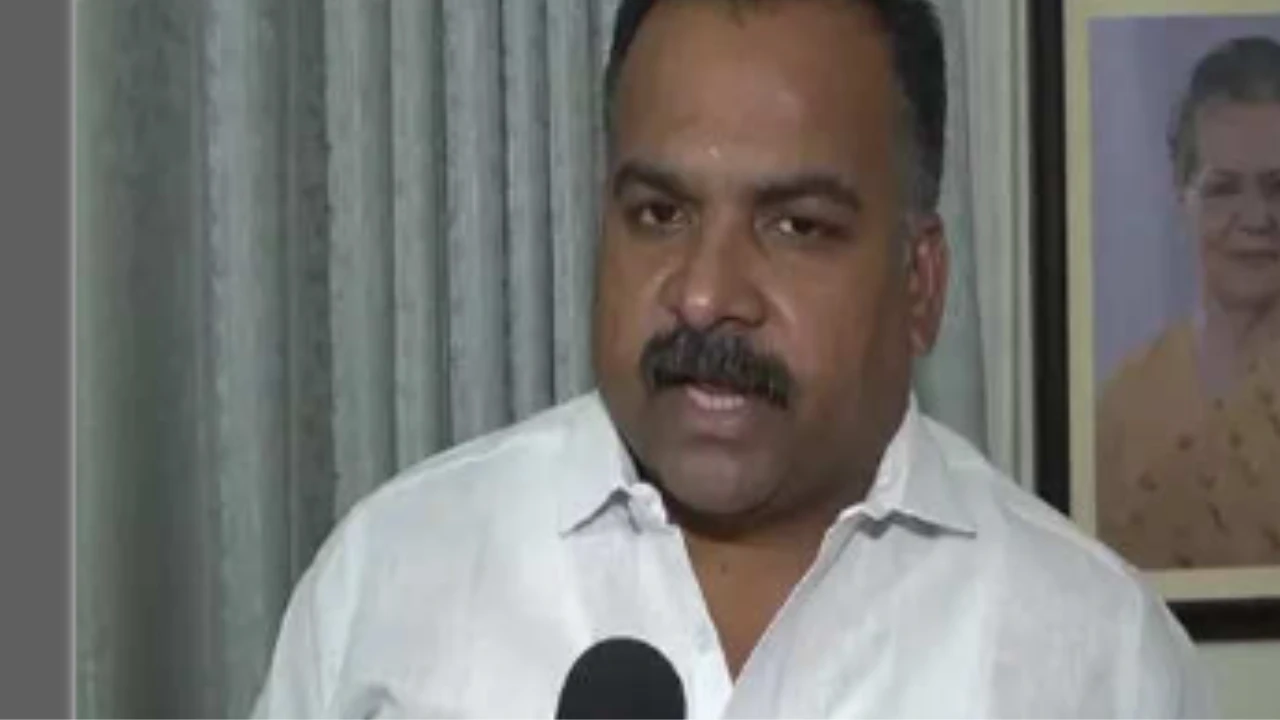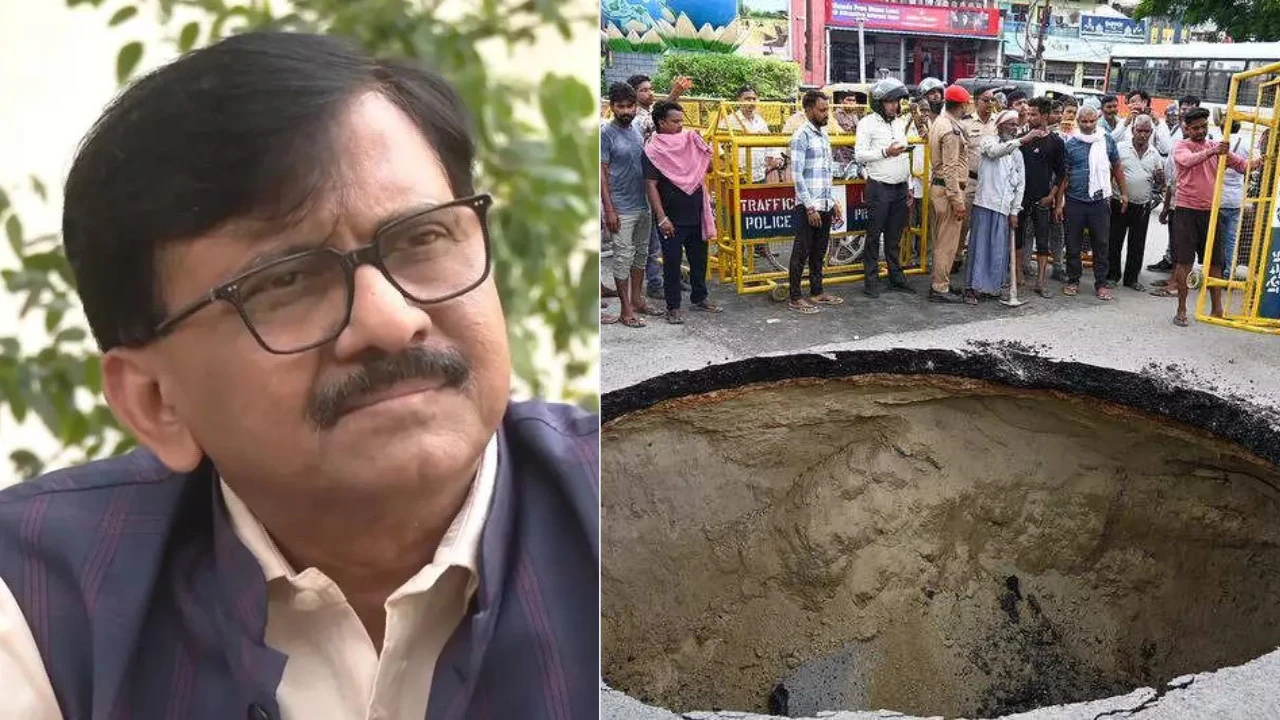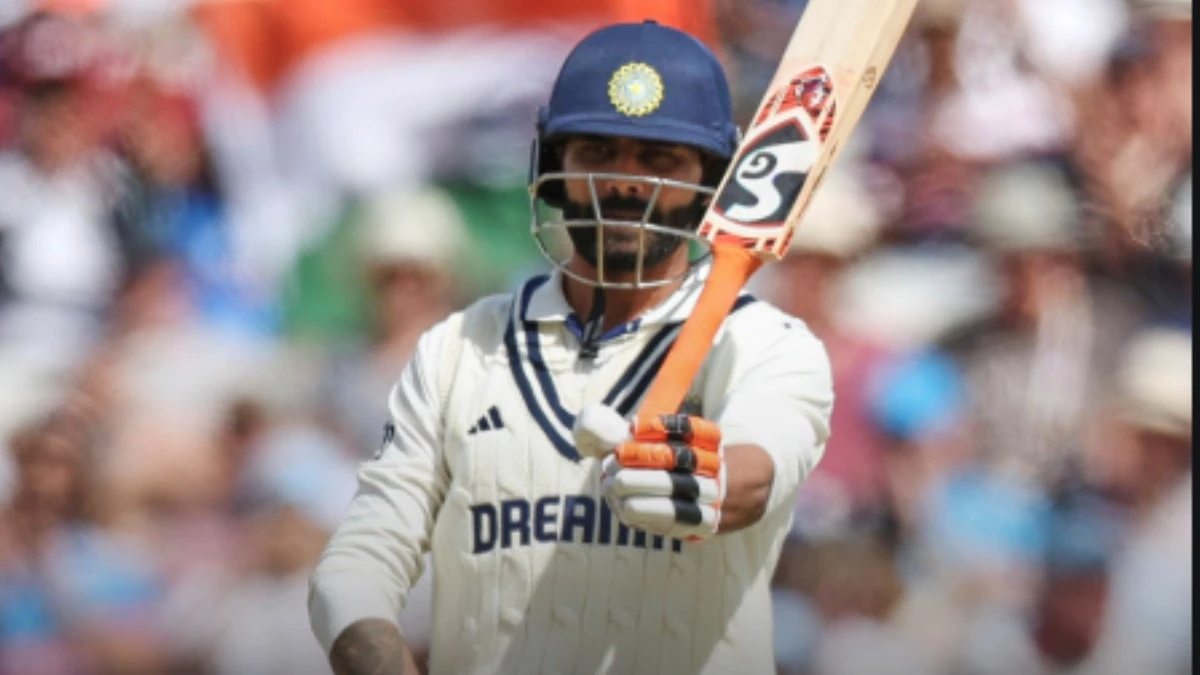Life around us has become very insecure. The world that has recovered from the pandemic would not have imagined that airplane travel would become increasingly scary or that a helicopter journey would prove to be the last journey in its place, and if anyone survived, the bridge that would cross life would collapse. If you still breathe, you will have a road accident or the air conditioner will explode in the heat. What's more, when people who are protected under the shield of vaccination run, play or exercise, they will be grumbling with data that will tell them that today, at any age, anyone's heartbeat can stop. How do we deal with this uncertainty? Life doesn't stop. So if someone's first air journey lands between death and the flight of life, then imagine what would have happened to that passenger. And what about those who will panic every time they pass by a bridge? Right now, the process of emergency landing continues even after the air crash. Are air crashes, accidents, collapse of bridges becoming the new normal? Will the process of death continue under the guise of running life by ignoring the value of safety? After all, what do all the institutions do in such a situation? I think the time has come for institutions to make the value of safety the top value among all the values. Because in the era of balance sheet and profits, targets, revenues, there is a lot of pressure to make profits all around. How much flight does an airplane make and how much money does it make; More important than that is to see whether the safety standards are being followed properly or not? Is it possible for a company to not compromise on all safety standards and cancel one flight after another? Or could not enter a factory without safety shoes, belts, glasses, helmets from the management to the last man? Why do murmurs of reform happen only after the demolition? Why is safety not becoming our social norm? In an article supporting health, safety, and well-being at the workplace, the authors recognize that safety culture is an important issue in company practice. As Hale and Howden put it, we live in a "third age of security" in which the focus is no longer only on technological (the first era) or organizational measures (the second era). Attention to safety should primarily become part of culture and human behaviour. Just last year, due to the rains in Delhi, how many students took water in the basement of the library, how many hospitals AC burst, how many bridges collapsed, how many railway accidents also took place. In such a situation, life for a person is being filled with a sense of insecurity day by day. In an age where the economic value of every person remains the real value; It's not easy to make the value of safety a social behavior. But we have to do it. Therefore, it is necessary that the safety of the individual at every level should be made paramount and there should be no compromise on it. Some of the car manufacturers in India have the highest safety standards. Now auto companies are also making such vehicles that if the driver does not wear a seat belt, then it will not start. Some business groups have also made safety with speed as the first value and the safety of the person in their plants or colonies is determined by that safety value. Japanese companies also consider safety to be supreme. Can't that happen in aviation or rail? Proper time should be given to the airplane between two flights, so that there is no negligence about safety. If the government's standards are strict, accidents due to human or technical error can be avoided. (This is the author's opinion)
0 thoughts on “Dr. Nanditesh Nilay's column: Life doesn't stop, but safety has to pause a little”
Leave a Reply
Your email address will not be published. Required fields are marked *
RECENT NEWS
- Ramayana Star Cast: Amitabh Bachchan will have a terrible fight with Ravana, this role is found in Ramayana
- Manickam Tagore, VCK question voices in Congress that reportedly called for tie-up with S Ramdoss
- Uorfi drops THIS Bigg Boss clip after winning Traitors
- 'Ghana ghoom rahe hain': Sanjay Raut takes 'vikas purush' jibe at PM Modi, flags poor roads in Varanasi
- Ravindra Jadeja created history, became the first player to do such a feat in the World Test Championship



